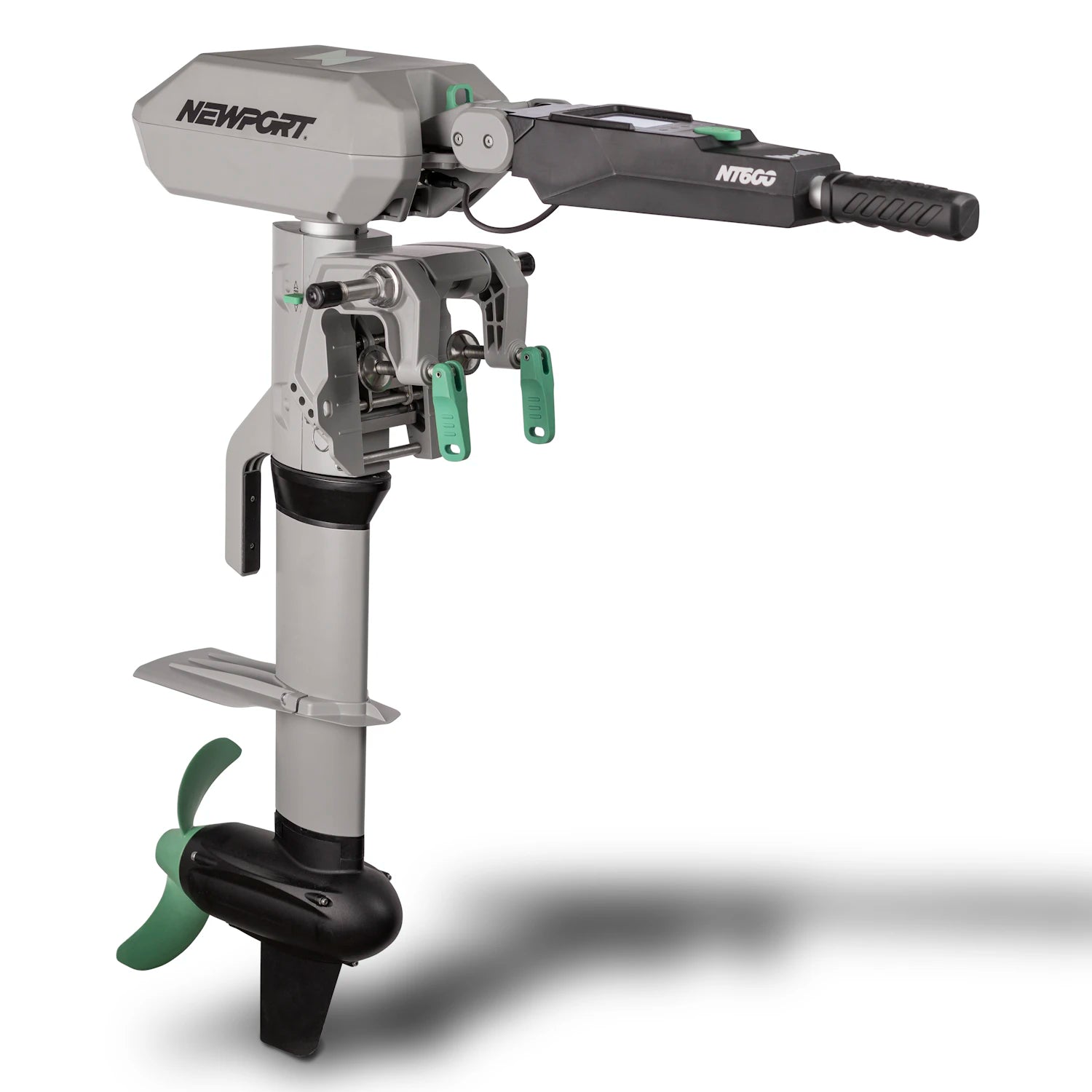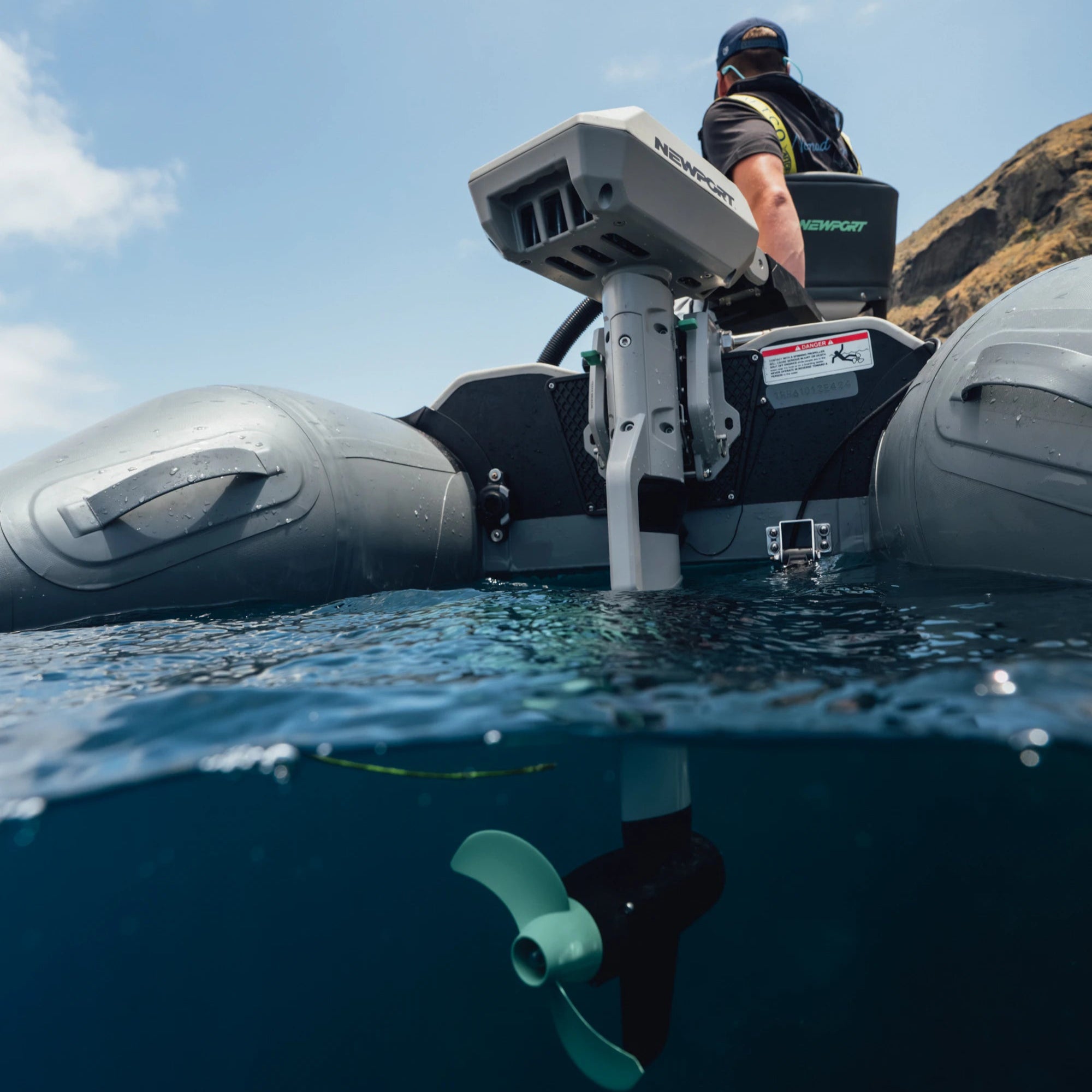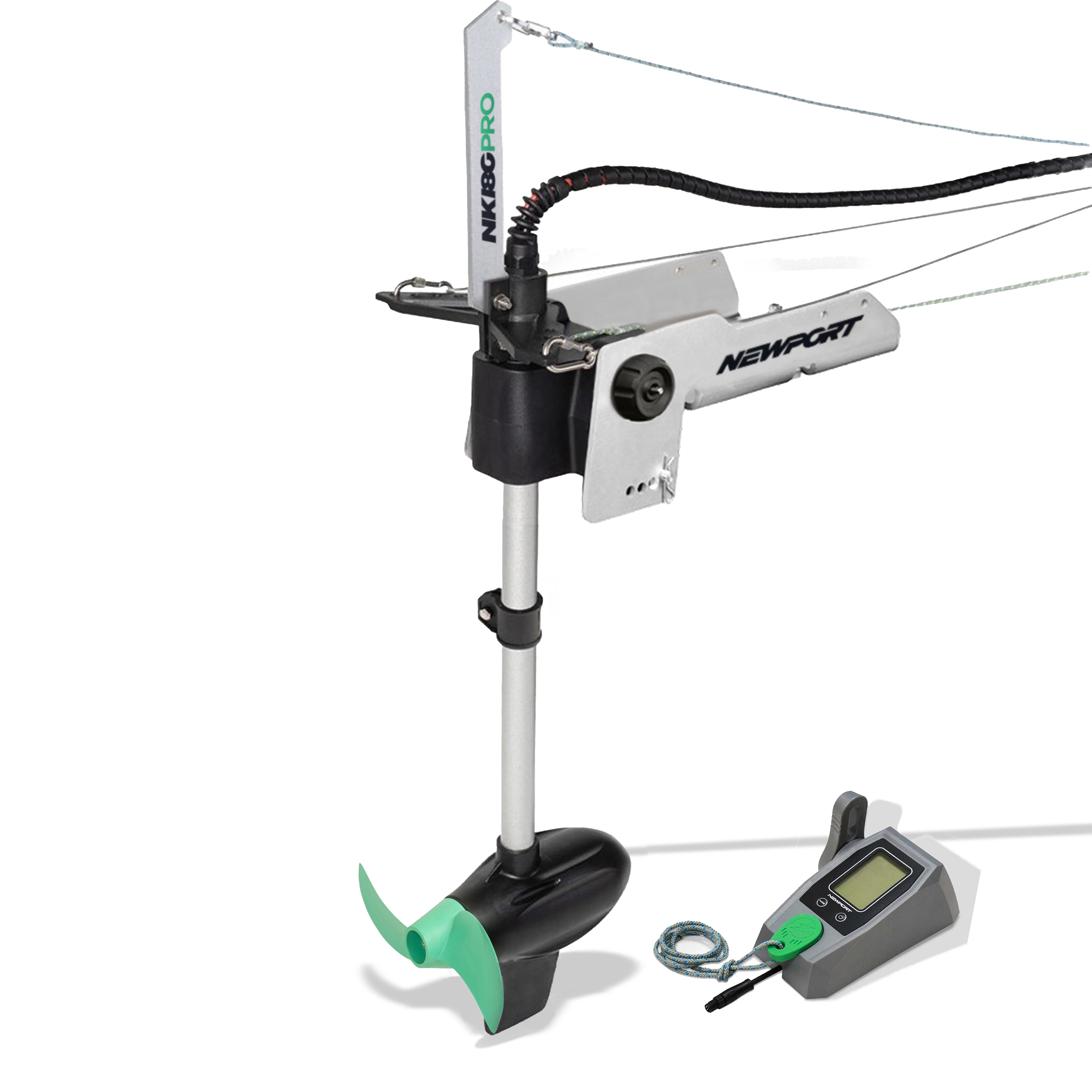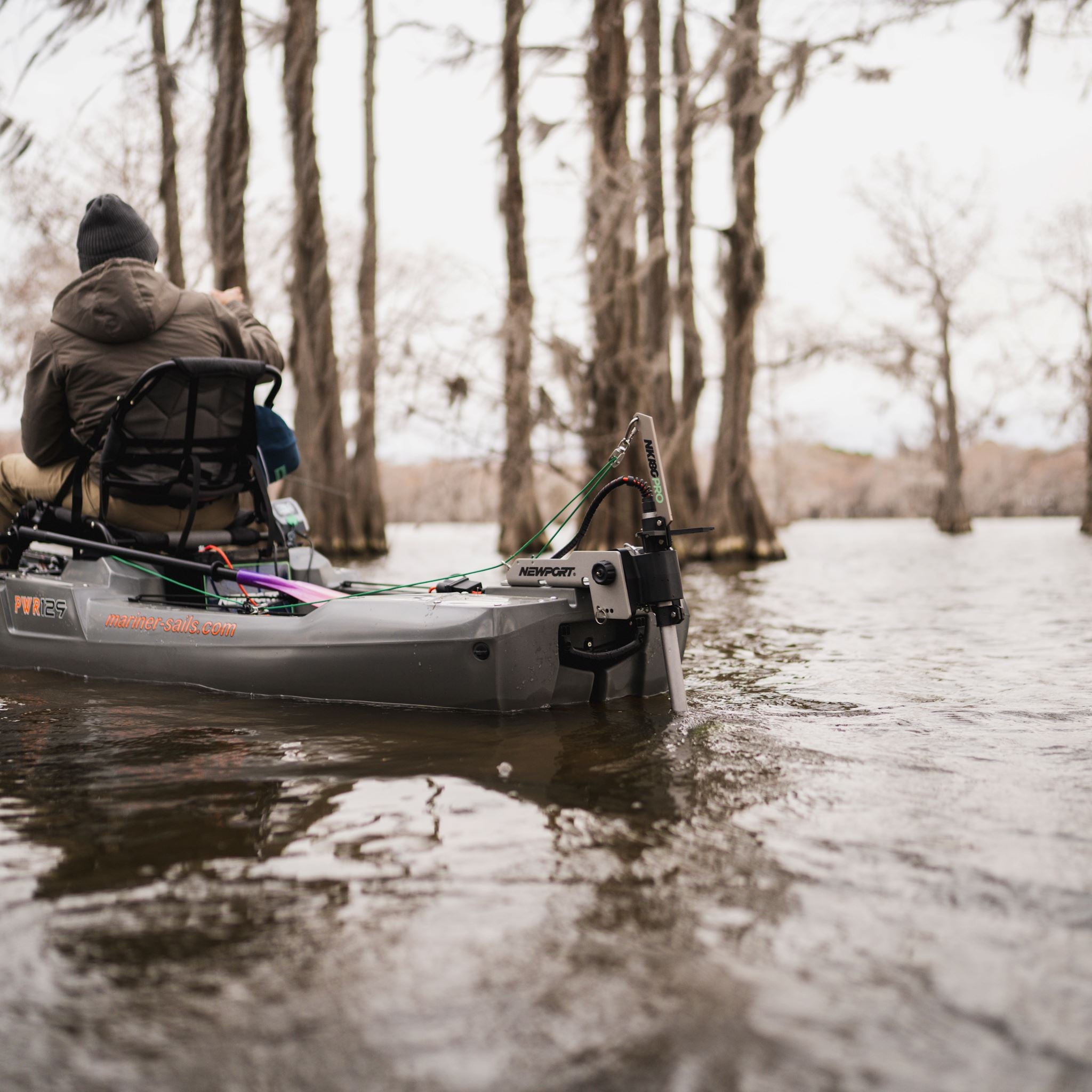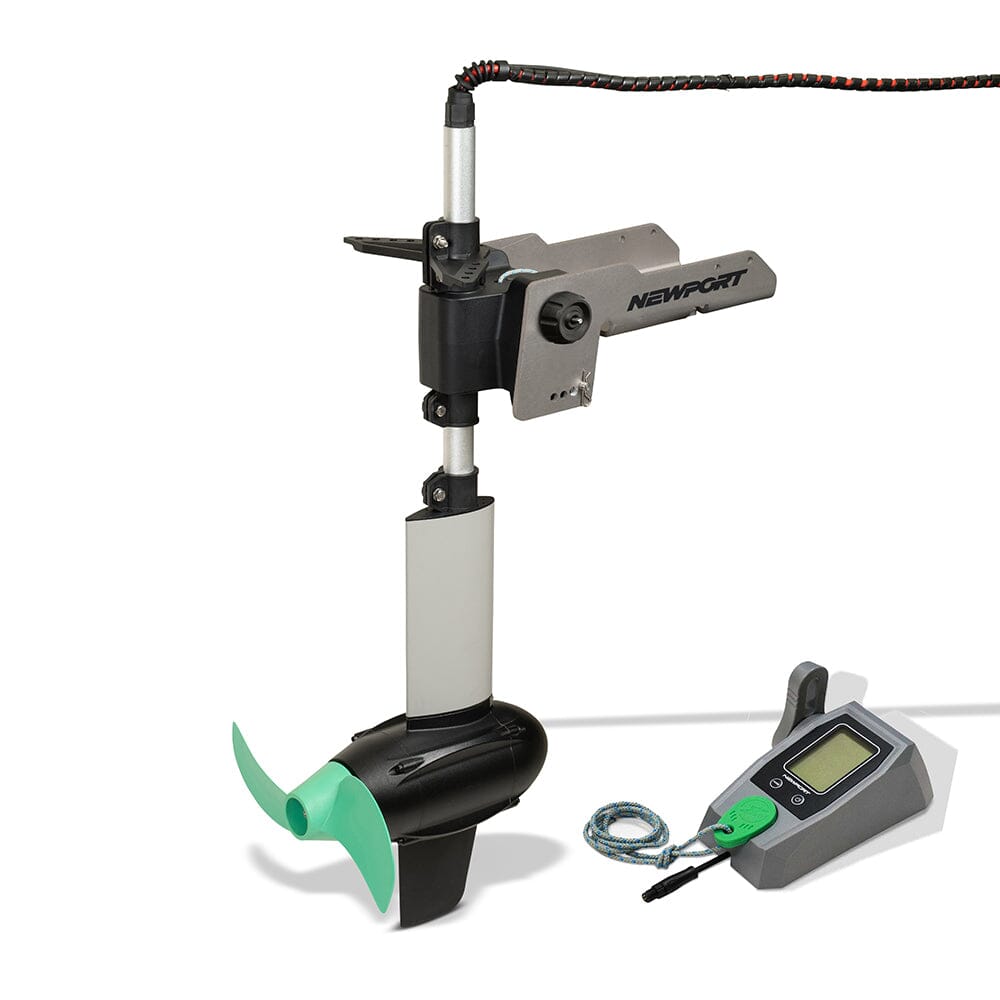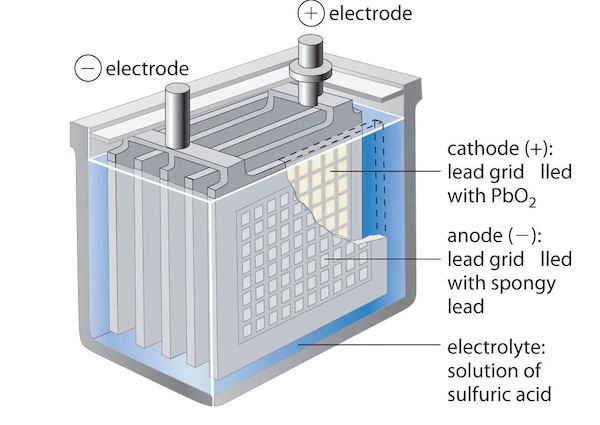WHAT IS THE RIGHT TROLLING MOTOR BATTERY
There are a few things to take into account when selecting a trolling motor battery for your needs: Type of battery, amperage hour rating, and budget.
- What kind of battery do I need for my trolling motor?
- You need a Deep Cycle or Marine Battery.
- What are the different kinds of Deep Cycle Batteries?
- Sealed AGM batteries, Lead Acid Wet Cell batteries, and Lithium or LiFePo4 batteries.
- Will my car battery work for my trolling motor?
- No, car batteries are not recommended and can ruin your motor.
- What's the cheapest option?
- Lead Acid Wet Cell batteries are the most affordable option for your trolling motor. We often recommend this 35ah battery, this 55ah battery, or this 100ah battery on Amazon.
- What's the lightest weight trolling motor battery option?
- LiFePo4 Batteries are a lightweight and safe option for your trolling motor available in 12v and 24v options. Browse our selection of LiFePo4 batteries...all the batteries we sell are assembled in the USA.
DEEP CYCLE VS STARTER BATTERIES:
Most consumers are familiar with large and heavy car batteries, but there are actually two types of batteries that fit this description: starter batteries and deep cycle batteries. Deep-cycle batteries are designed for discharging small amounts of current over a long period of time (ex. running a trolling motor for hours). On the other hand, starter batteries are designed to discharge a large current for a short amount of time (ex. starting a car engine). Starter batteries are not designed to constantly have their charge dropped below 50%, only to be recharged over and over. With this type of use, starter batteries will not last very long. Regularly using a starter battery with a trolling motor can ruin both the battery and even the motor.
There are two types of deep-cycle 12-volt batteries that are recommended for electric trolling motor use: Lead Acid Wet-Cell & AGM batteries.
WET CELL VS AGM:
Lead Acid Wet-Cell: Lead Acid Wet-Cell batteries are the most common and affordable option for trolling motors, and usually last about 2-3 years. They usually cost less than $100 but are susceptible to vibrations and spillage, additionally they do require some maintenance.
Wet-Cell refers to the cells/plates in the battery being “flooded” or submerged in an electrolyte fluid, a mix of water and sulfuric acid. If the battery is overcharged too frequently, the water level will drop, to maintain proper water level, occasional top offs with distilled water are necessary. If the electrolyte level drops enough to expose the cells and plates, the battery can be damaged and shorten the usable life of the battery.
Recommendation: Check the electrolyte level before each use, top off as necessary.


AGM Batteries: AGM batteries are newer than their Wet-Cell counterparts, they are completely sealed, maintain their charge longer, and have a longer usable lifespan. AGM batteries are sealed and therefore do not require maintenance; with a reliable life as long as 4 years, they come at a higher price than equivalent Wet-Cell units.
AGM stands for Absorbed Glass Mat and are also referred to as a Valve-Regulated Lead-Acid Battery (VRLA) or Sealed Lead-Acid (SLA) battery. Unlike Wet-Cell units, the electrolytes are held in glass mats instead of fluid, these glass mats are made up of very thin glass fibers that are woven into a mat to maximize the surface area. This increase in surface area is enough to hold electrolytes on the cells for their lifetime, making the battery lighter, spill proof, and less susceptible to vibration damage.


Amp Hour Rating determines how long you will be able to run the motor, it is the actual amount of charge the battery can store. The longer you want to run your trolling motor, the more amp hours you need.
A more technical definition is the amount of charge in a battery that will allow one ampere of current to flow for one hour and how much energy can be stored by the battery itself. For example, an 80 AH battery will be able to discharge 100 amp hours of current to a trolling motor and will last longer than a 50 AH battery. Simple math will be able to determine how long a motor will run with a given battery. If a trolling motor pulls 52 amps at full speed while connected to a 50 AH battery, the battery will last about 0.96 hours. (50 AH battery / 52 amps drawn = 0.96 hours).
Choosing the correct battery amperage hour rating depends entirely on the intended use. Using a Newport Vessels 55lb thrust motor continuously for two hours at full speed would require a battery with a 100-120 AH rating. On the flip side, two hours at lower speeds with breaks will only require a battery between 50-100 AH rating. By using the equation above, an estimate can be made to determine the battery that will best fit your needs.
For more information about batteries, please visit our Calculating Trolling Motor Run Time page.Important Tips:
- Do not mix battery types or ages.
- Charge the battery immediately after each use.
- Store the battery charged.
- Check the fluid level of Lead Acid Wet-Cell batteries regularly and top off with water when necessary.
- Check terminal connections for signs of corrosion, which increases resistance and lowers the power output of a motor.
- Clean any corrosion with baking soda and toothpaste.
- Store batteries in cool dark place connected to a trickle charger to avoid completely draining the battery.
- Use in combination with our Smart Battery Box to get the most out of your trolling motor battery.

